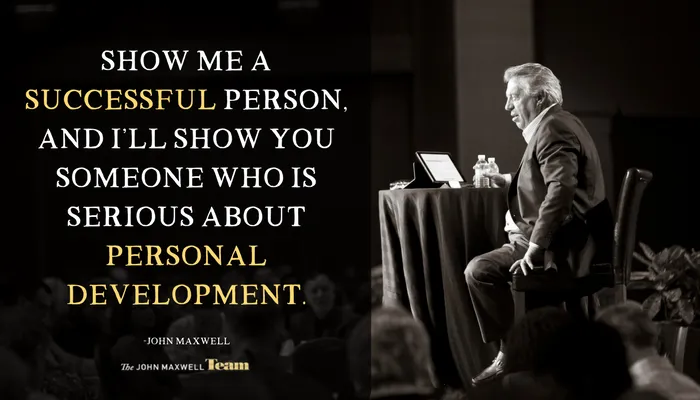Making A Customer Relations Management (CRM) System Work For You
![]()
If you’re not familiar with what CRM software does, it’s specifically designed to help facilitate and improve the communication and relationships between you and your clients. CRM software can do a wide variety of different tasks depending on which one you buy. Common uses for a CRM system include: account management, comprehensive analytics, data collection and extrapolation of future spending trends, and customer information. CRM systems function using the data that your customers give them, and from there the system can be used to guide future encounters and interactions with them.
CRM systems build off of the earlier computerized systems that were put into place back in the 1990s and early 2000s. These systems were primitive by modern standards, but they made it far easier to keep track of, and reference, each client that was a part of the business. All of a sudden, businesses could begin personalizing each interaction with their clients, regardless of how long they had been buying from the business. CRM systems are their modern successors, and the power they give business owners largely explains their growing popularity.
CRMs can be immensely useful if you know what you’re doing, but relying on them to do the heavy lifting for you is a mistake. If you want to impress your customers and give them an experience they won’t forget, you need to set yourself up for success with these programs. The following tips will help you make the most out of any CRM program you use.
1) Decide the manner of implementation before you buy
Investing in a quality CRM system can cost a significant sum of money. While it’s tempting to think that such an expense will easily pay for itself, you still need to know what exactly it is that you wish to accomplish if you want to get your money’s worth. Write out a plan and inform your team as to how you intend to execute that plan. If you want to increase client retention, start figuring out how you want to increase customer satisfaction. If you want new clients, find the features of the program that will help you reach your goal.
2) Train your employees well
This seems like a no-brainer, but I’m sure you’ve run into technical support staff who barely seem to know the program they’re ostensibly trained to help you with. It will take a bit of time and money to get your staff up to speed with your new CRM system, but the payoff will be well worth it. Clients who are being managed by a system your employees are ill-equipped to use will find out one way or another; don’t sour their goodwill by rushing implementation before it’s ready. This is especially true for management, since it will fall on them to make things right if an employee messes something up.
3) Pick a CRM system that works best for you
The core objective of any CRM is to improve and facilitate your relationships with your clients, but not all programs are created with the same customers in mind. Some programs contain features specifically geared towards a specific industry; CRM software designed for a bank will look different than one designed for a factory. This also means that you don’t want to automatically buy the most expensive piece of CRM software you find – the premium you pay for its use may not be of any value to you. You know your business’ needs best – investing in CRM software is a big adjustment, so you want to pick one that you know you’ll see the greatest benefit from.
Some CRM programs are actually free – and they work really well! Don’t be afraid to do your research before you commit.
About the author, Sheles Wallace
Sheles is an award-winning business coach who gets results for her clients.
For over 15 years, she has helped business owners achieve their goals and
take their businesses to the next level. If you're ready to take the next
step in your business evolution and go from an owner who wears all hats to
creating a commercial, profitable enterprise that runs without you, find out
more here: https://calendly.com/sheles/introduction?month=2021-06





